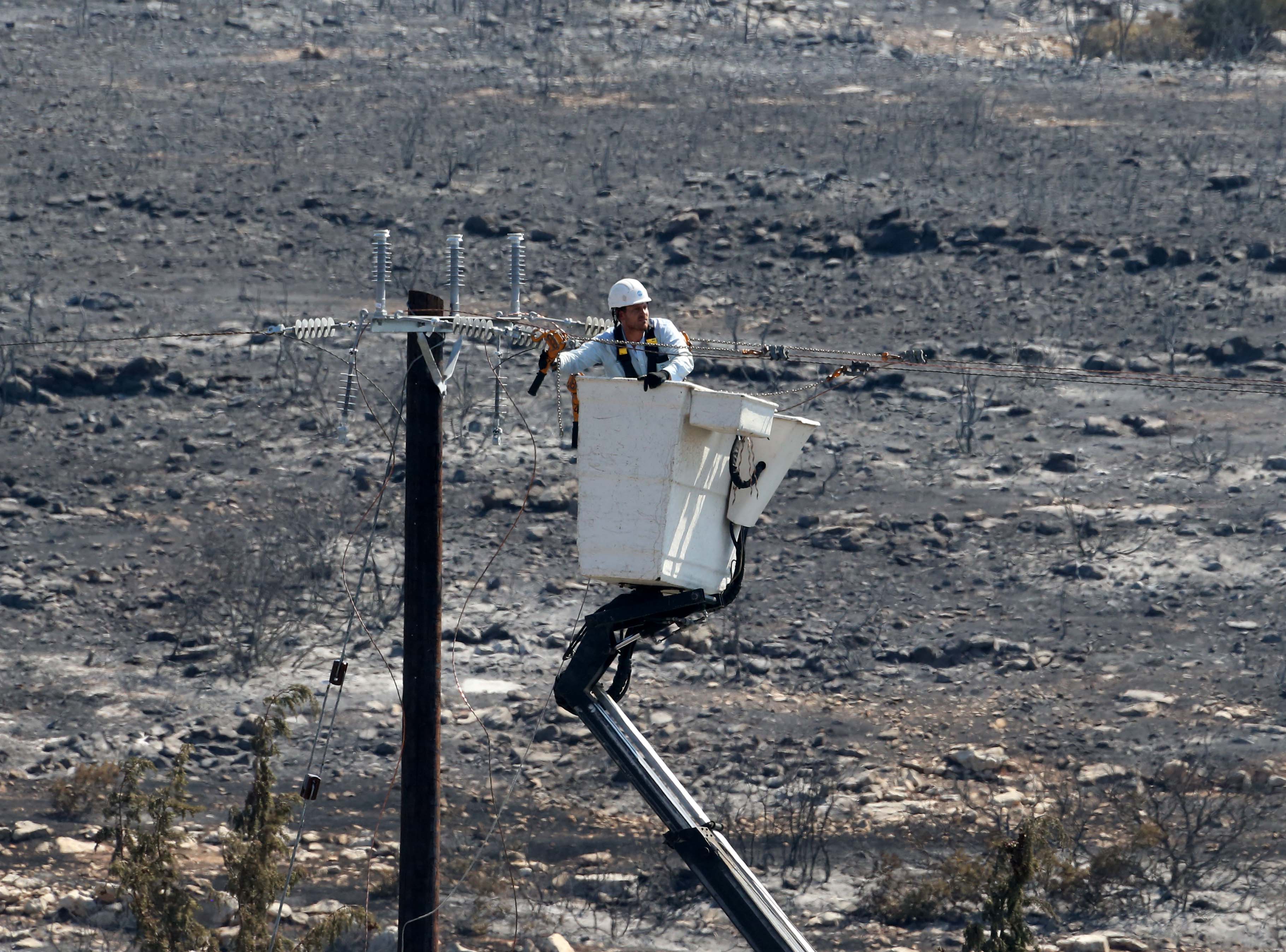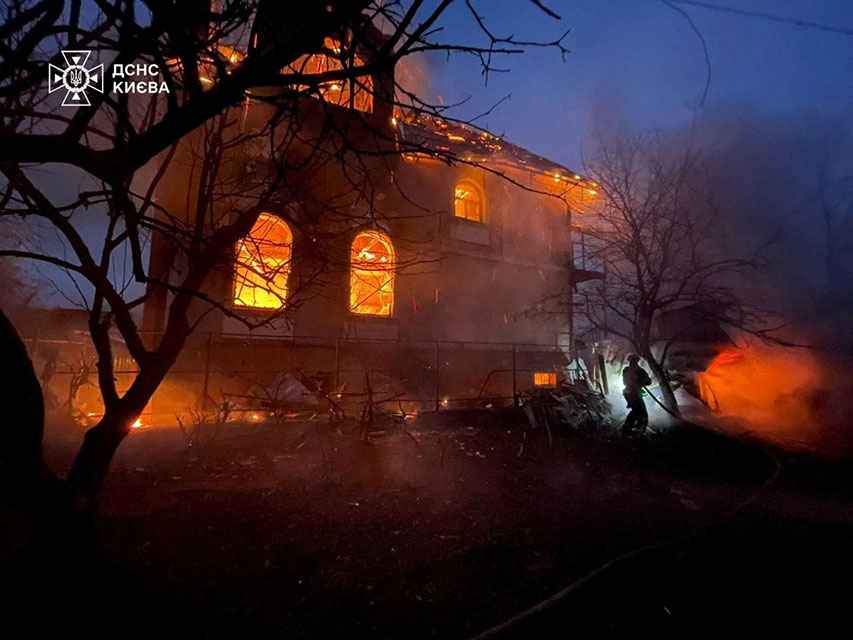A team of 150 people are working “non-stop” to repair the damage caused to electrical infrastructure in the Limassol district by the wildfire which tore through the area last week, electricity authority (EAC) spokeswoman Christina Papadopoulou said on Monday.
“The EAC has undertaken a huge project to repair the damage in the affected areas of the Limassol district, where our priority is for everyone to have electricity. The goal is to complete the network repair work safely and as quickly as possible,” she told the Cyprus News Agency.
She said that a total of 500 pylons and 50 transformers had been damaged by the fire, but that by Sunday evening, 240 pylons and 10 transformers had already been replaced.
In addition, she said, nine kilometres of overhead wires have been installed to replace conductors which were burnt, while 170 burnt pylons have been removed.
Those burnt pylons, she added, had been “dangerously exposed to the ground after falling due to the fire”.
Meanwhile, she said, “wider local repairs” were carried out in the villages of Malia, Souni, Zanakia, Pano Kyvides, and Sotira, with the generator which had been placed in Malia thus moved to nearby Ayios Amvrosios, which itself awaits repairs.
“We have seven villages which are at the moment being served by self-powered generators placed in the centre of the villages,” she said.
She also said the EAC has deployed drones, “which we used to save a lot of time and managed to safely inspect and record damage” between the villages of Trimiklini and Lofou, which she said was “in an area which was very difficult to access, where the ground had cracked due to the high temperatures”.
For work to be carried out in that area, she added, “special excavators” were required to “pave the way for EAC vehicles to pass”.
Asked what actions the EAC is taking to prevent future forest fires, she said the EAC is installing an underground cable connecting the Paphos district village of Lysos with the Stavros tis Psokas forest station, and onwards to the Chorteri area.
This area of the Paphos forest, she said, poses a “high risk” of forest fires, with the placing of electrical cables underground negating the risk of electrical faults setting fire to trees.
She added that similar such projects will be carried out in other areas, but that they must “be carried out before the bird nesting season” during any given year.
In addition, she said, the EAC is carrying out a study to relocate an overhead wire near the Nicosia district village of Kambos tis Tsakistras.
She then explained that it is not possible in all cases to put electrical cables underground, given that in many areas, there are no roads or other infrastructure to allow such a project to be carried out.
“A cable cannot simply be put underground,” she said.
She added that the EAC “carries out patrols on all the overhead lines of its network within forests ever year” between February and June, and that they use drones to “see where trees need to be pruned” so as to avoid fires or other issues.
In addition, she said, the EAC is replacing “naked conductors”, those which are not covered with any insulating material, with those which are insulated, while also placing markers on them to prevent birds from colliding with them.
“In every country in the world, the same tactics are followed, and Cyprus is no different,” she said.
This extends to the placement of wooden masts rather than metal pylons for cables in forested areas, as metal pylons require concrete bases.
However, she said, “the temperatures reached in forest fires are so high that even metal pylons would be destroyed”.







Click here to change your cookie preferences